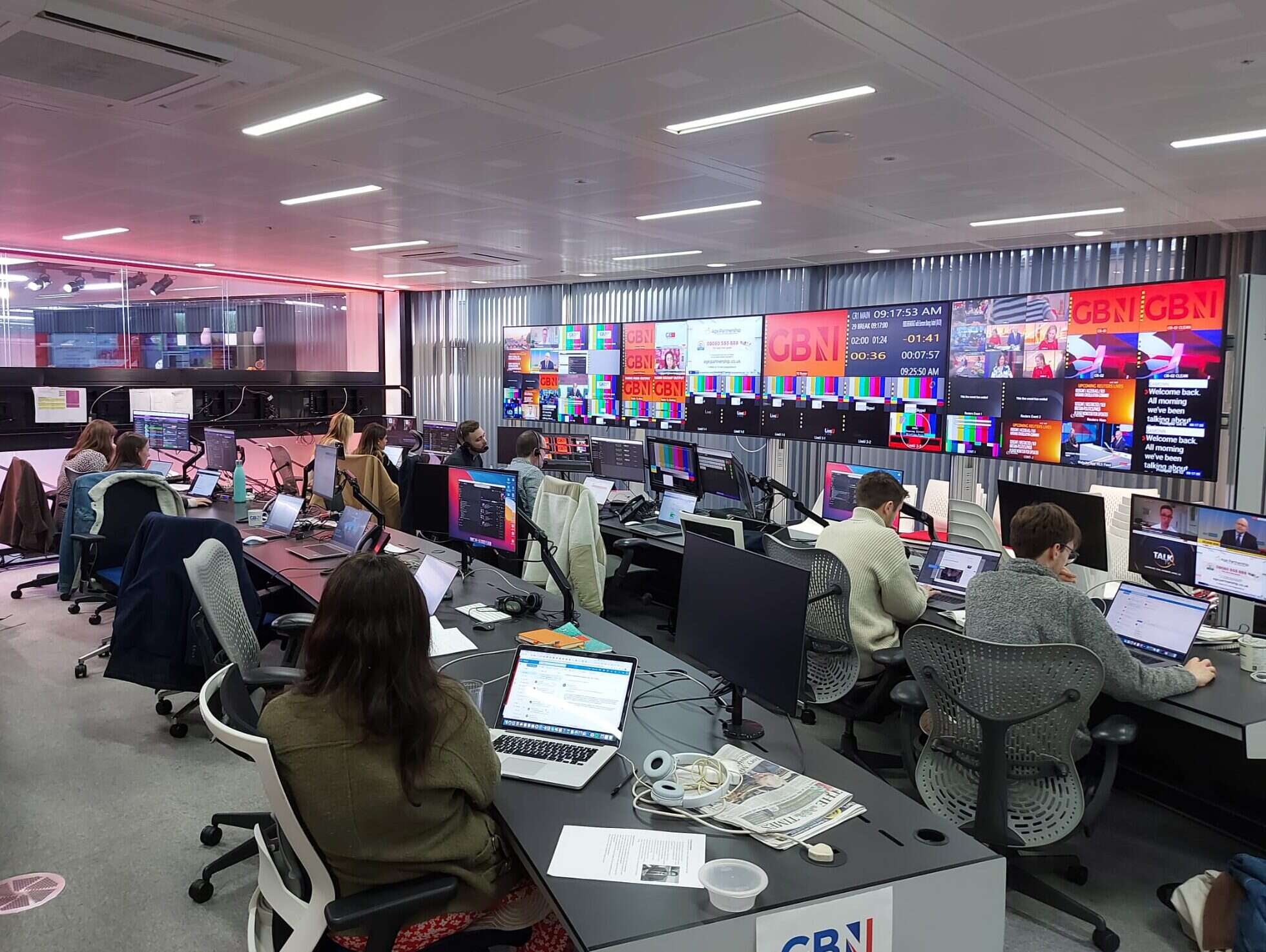
Reach plc Chief Audience Officer, David Higgerson says 2020 allowed readers to discover the value of local news – a positive outcome from a difficult year.
Like many publishers, Reach saw audiences soar at the start of the pandemic as people looked online to understand what was going on and how it would affect them.
“People’s habits shifted almost overnight at the start of March 2020” says Higgerson, who says that the audience to the publisher’s local news sites rose by some 20 to 25%, holding there since.
“Initially there was a lot of interest in Coronavirus itself but where local news really came into its own was when we got into the world of local data being released and then into the local tiering system and the lockdowns.” he says. “As we’ve moved into this year we’ve obviously not had the tiers and local lockdowns but what we have had is people turning to us in their droves as they start almost to come out of hibernation. People are almost rediscovering their areas with us as well.”
While Higgerson says the traffic bump was inevitably partly down to the pandemic increasing appetite for news, doing things differently to other publishers has also brought views.
“What we saw was that there was almost a finite interest in Coronavirus and people were still very keen to do other things as well,” he says.
Stepping up its sports coverage and adapting what’s on sections to the confines of lockdown are two ways in which Higgerson says Reach managed to differentiate its local coverage.
“Most of the publishers essentially dialled back their sports coverage when the pandemic hit. We actually doubled down on the articles that we were producing,” he says. “Although the audiences we were getting to our sports content weren’t what we were seeing pre-pandemic, we saw that there was still a healthy appetite in sports and we were taking a much greater share of the market as a result.”
While ending the year on a high (the company reported a 26% increase in its digital revenue in the final quarter), 2020 was nevertheless a rollercoaster for the publisher, which like others in the industry, was forced to cut staff and salaries.
In the same year, the company launched 19 new regional sites and brought on new hires.
Expanding in a year when advertising revenue for regional news brands was down 35% might seem counterintuitive, but Higgerson says the publisher is confident ad sales will bounce back.
“We’d already announced at the start of last year that we put the extra 20 or so staff into Yorkshire Live, we’ve gone to County Durham, Sunderland, Newport and various other places and we could see the audiences were growing there really quickly and that gave us the confidence as the advertising market started to return that there were other markets that we could move into,” he says.
“In many ways the furloughing, the pay cuts and the restructure were separate to what we were looking at in terms of the launches. Our view was if there were opportunities to increase the number of journalists that we have or the opportunity to grow audiences elsewhere, we’d take those as well,” he says.
“There’s a lot of investment going into places we were already in as well as into going into new places,” he adds. “We will have more local digital news journalists than we had at the start of 2020.”
And it’s scale, says Higgerson, that has allowed Reach to come through a difficult year.
“What last year taught us was, as an industry, we need to reach as many people as possible as often as possible. It’s the scale of audience, ” he says. “And it’s that size of scale that gives us a resilience to get through something like the pandemic. With every page view comes advertising.”
He adds: “We are lots of things to lots of people in the same way that a paper used to be. Too often the regional press has just tried to recreate the cornerstone of local journalism, i.e. just news or just the way we’ve always done it but that’s not resonated online,” he says. “The cornerstone of our strategy is to have the most meaningful relationship possible with every reader and we identify the ways to generate revenue from that in a way that obviously keeps us going but also benefits the reader as well.”
One way Reach has drummed up audiences for its local sites has been through putting out content that drives traffic regardless of whether or not its scope is local. The publisher has in the past been criticised for chasing page views.
But Higgerson says that news of interest to local audiences doesn’t always have to be local.
“We’re unashamedly reader-first,” he says. “We use tools like SimilarWeb and Crowdtangle to understand what interests readers and then we write stories that we think will interest readers locally. That is predominantly local stuff, but it’s not exclusively local stuff.”
“We do get criticism from time to time from people who say, ‘Oh, you write too much about showbiz, you write too much about money-saving.” he says.
But local news has always covered stories that while not necessarily local in focus, are of interest to the communities that read them, he says.
“I’ve got a copy of the Birmingham Mail from March 1999 at home,” he says. “All the things that people say we shouldn’t be covering are the things that were actually in that edition: national news, showbiz, and the big blurb of the front page was a new lifestyle section that fundamentally wasn’t local news. It was great content, and very relevant to a Birmingham audience.”
But even for titles such as the Manchester Evening News which draws readers from the rest of the country and overseas, Higgerson says that the content is still created with Mancunians in mind.
“We don’t we don’t actively seek those readers for the MEN – the news desk doesn’t sit there thinking, ‘Well, how do I how do I reach 50,000 people in Cornwall’ but they’re people who are drawn to the website through the content that we are writing for a local audience.”
Reach says that it’s unlikely to try more paywall experiments for now following its 2019 trial of micropayments for its Examiner Live site.
“There were certain things that people would pay for and there were lots of things they wouldn’t pay for,” he says. “A lot of the stuff that people really valued – court cases people are absolutely prepared to pay for – but we came to the conclusion that it wasn’t the right model for us at that moment in time.”
“Where we’re different to pretty much all of the other regional publishers at the moment is that we’re not actively pursuing a reader revenue model because we don’t think it is the right place for local news to be at the moment,” he adds.
Instead the company plans to focus on getting to know more about its readers to increase the value of advertising – key to its Customer Value Strategy.
With future growth expected to come from digital, the company plans to double its digital revenue in the medium term and Higgerson remains optimistic about the year ahead.
“I’m very optimistic about this year but obviously with the caveat that as we learned last year, things change rapidly,” he says. “But my overwhelming sense is that the pandemic has reconnected some people to local news, growing our audience overall.
“And it’s not just at Reach. The fact that the regional news industry as a whole recorded year-on-year growth March over March according to Comscore sets publishers who are prepared to put readers at the heart of their newsrooms in a really good place going forward. But that is quite a giant leap for publishers to have to take.”
“[For Reach] the biggest challenge is not wasting the opportunity to stay reconnected to readers. And that I think just involves every newsroom every day looking at what readers are reading, asking what we can learn from what they’re reading, and also asking ourselves, why aren’t they reading the things that we want them to be reading and find ways to get them to do that as well.”
Email pged@pressgazette.co.uk to point out mistakes, provide story tips or send in a letter for publication on our "Letters Page" blog






